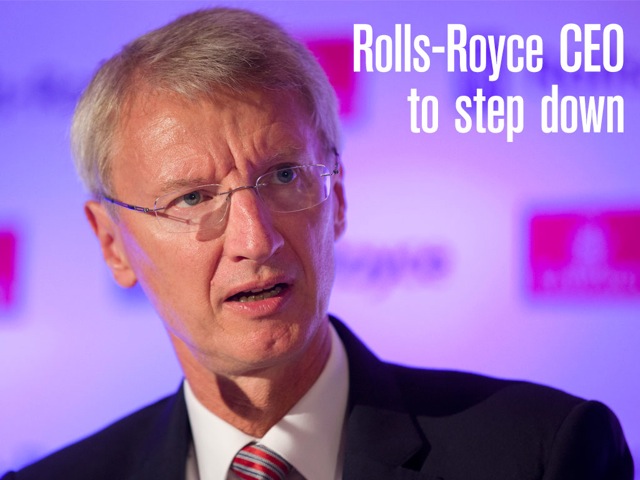

Following a torrid year in which stagnating profits, layoffs and the surprise departure of its CFO have hurt the manufacturer’s bottom line, the news emerged on April 22 that Rolls-Royce chief executive John Rishton will be stepping down later this year. Rishton, who has occupied the top spot since 2011, will stand down on July 2 and make way for the former ARM boss Warren East, in the hope that the British-born executive can revive the company’s fortunes.
[T]he firm has struggled recently
The incoming executive has occupied a non-executive director chair at Rolls-Royce since January 2014 and is know best for his time spent at ARM, where, in the period through 2001 to 2013, he played a major part in turning the chipmaker into one of the world’s leading developers of semi-conductors. With an engineering background and a strong commitment to R&D, East is well placed to instruct a turnaround at Rolls-Royce and answer some of the questions asked of his predecessor.
Though Rolls-Royce is second only to GE in the aero engines manufacturing business, the firm has struggled recently, and in February forecast that its profits could fall 13 percent this year, following an eight percent slide in 2014. Growing uncertainty in major markets, combined with a low oil price environment as well as misguided acquisitions, with plans to slash 2,600 jobs have all influenced the company’s direction over the last few months.
On a positive note, the company secured its largest engine order yet, when on April 17 the company signed a £6.1bn deal with Emirates airline for 200 engines. In March the company also secured a £665m order to supply Air China with engines for 15 Boeing Dreamliners.

